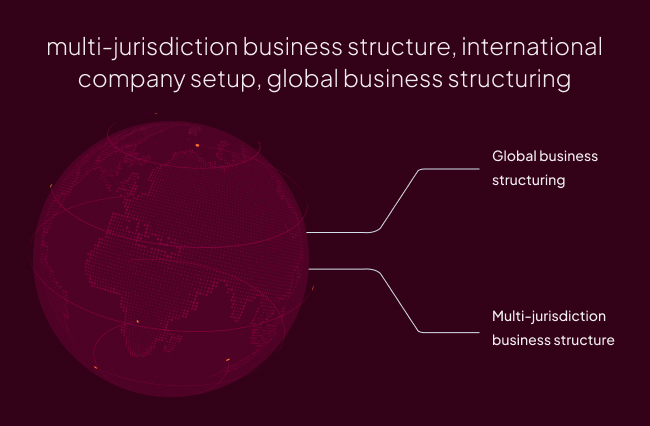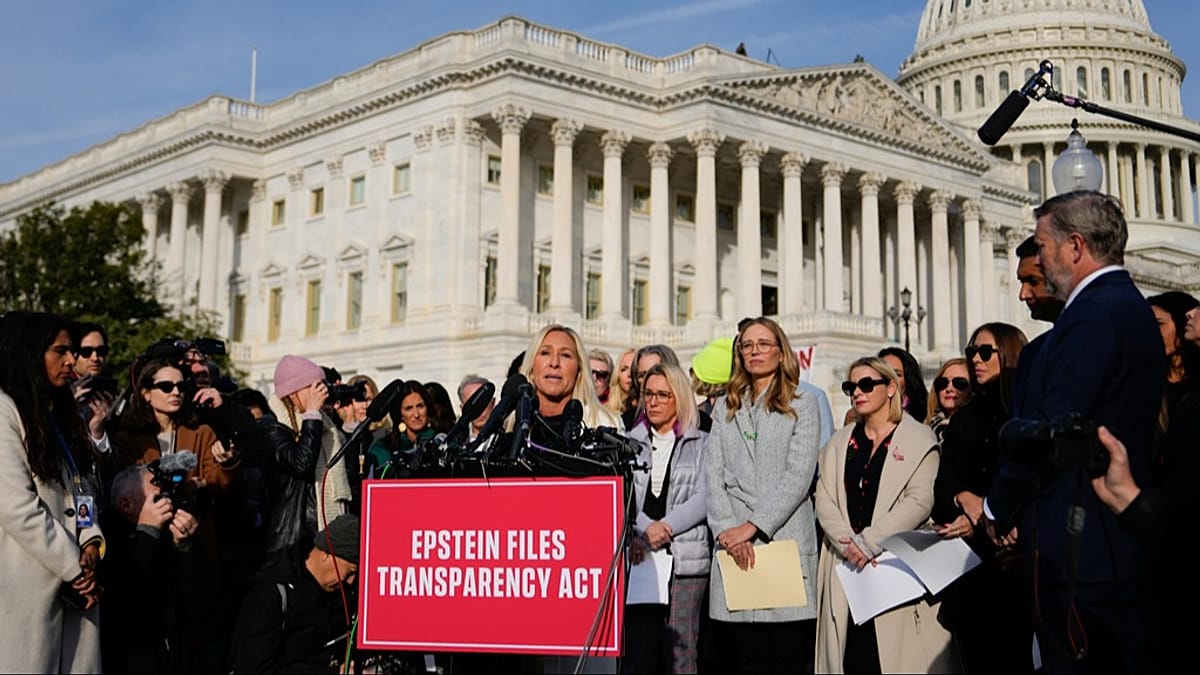How to Structure Your Business Across Different Jurisdictions for Maximum Efficiency

Expanding globally, also known as international, foreign, or overseas expansion, refers to a business extending its operations beyond its home country to access new markets. This expansion can involve launching products or services abroad, relocating business functions, or establishing legal entities in foreign jurisdictions.
Companies may pursue global growth through various methods, including exporting goods, licensing intellectual property, acquiring foreign businesses, or establishing wholly owned subsidiaries. Some businesses adopt a step-by-step approach, entering one market at a time. In contrast, others choose broader regional strategies that capitalise on cultural familiarity, trade alliances, and operational efficiencies.
There are compelling strategic reasons to consider global business structuring. It opens access to new customer bases, enhances competitiveness, and allows companies to leverage international talent. Additionally, relocating operations to cost-effective jurisdictions can reduce overheads and boost profitability. For insights into choosing the optimal European country for your business expansion, refer to this guide on determining the best place to set up a company in Europe.
In this guide, we’ll explore how to effectively structure your business across multiple jurisdictions, with a focus on tax optimization, legal compliance, operational flexibility, and long-term global growth.
Understanding the Jurisdictional Differences:
Jurisdictional differences exist because every state or country operates under its own unique set of laws. However, when it comes to young people, these legal variations can have a significant impact, influencing everything from how rules are enforced to how cases progress through the system and what types of support or rehabilitation programs are available. In short, where a young person lives can profoundly affect how justice is served.
Factors Contributing to Jurisdictional Differences:
-
Legal Frameworks:
Every place has its specific laws and rules for the juvenile justice system. These laws are shaped by local, provincial, and national regulations, meaning that how young people are treated can vary from one location to another.
Common Law:
It focuses more on judicial precedent, offering flexibility but often requiring deeper legal interpretation.
Civil Law:
Laws written down as statutes tend to be more predictable but also less flexible.
These legal systems influence the enforcement of contracts, the resolution of disputes, and the management of companies. When conducting business internationally, understanding these differences helps you comply with local regulations and minimizes legal risks.
-
Taxation Models
Due to significant differences in tax laws across jurisdictions, careful planning is essential for establishing your business entities, allocating profits, and managing your cash flow efficiently. However, there are two main types of taxation models:
Territorial Tax Systems
It is essentially taxed on income earned within a specific country, rather than on income earned from foreign sources.
Worldwide Tax Systems
In this context, income earned worldwide may be taxed in the home country. The United States, though modified by the Tax Cuts and Jobs Act, serves as an example.
A strategically planned Multi Jurisdiction Business Structure enables companies to benefit from location-specific tax rules and limit the impact of double taxation.
-
Regulatory Compliance:
It is worth noting that every jurisdiction has its regulatory landscape, which includes labour laws, environmental policies, financial reporting obligations, and much more. Key elements to evaluate include:
- Licensing and permits
- Reporting standards
- Audit requirements
Understanding and managing these differences is crucial to prevent legal issues, reputational damage, and regulatory penalties.’
Common Structures for Multi-Jurisdictional Businesses:
Selecting the right structure is pivotal for effective global business structuring. Common models include:
-
Holding Company:
A parent entity that owns subsidiaries across various countries, facilitating centralized control and potential tax benefits.
-
Subsidiaries:
Independent entities operating under the parent company, allowing for localized operations and compliance.
-
Branch Offices:
Extensions of the parent company in foreign markets, offering direct control but potentially higher liability.
-
Joint Ventures:
Collaborative entities formed with local partners to share resources and market knowledge.
-
Franchises or Licensing Agreements:
Allowing third parties to operate under your brand, expanding reach with reduced operational responsibilities.
Each structure has its advantages and drawbacks, and the optimal choice depends on your business objectives and risk tolerance.
Step-by-Step Guide to Structuring Your Business:
-
Define Your Business Goals:
It is important to clarify your expansion objectives, target markets, and long-term vision.
-
Select Appropriate Jurisdictions:
You must choose countries that align with your strategic goals and offer favorable business conditions.
-
Understand Local Regulations:
Research all the legal requirements that include company registration, taxation, and employment laws.
-
Establish Legal Entities:
Set up the chosen business structure, ensuring compliance with local laws.
-
Open Bank Accounts:
Secure banking facilities to manage finances effectively in each jurisdiction.
-
Register for Taxes and Licenses:
Obtain necessary tax identification numbers and business licenses.
-
Hire Local or Remote Staff:
Recruit talent as needed, considering local labor laws and cultural nuances.
-
Implement Compliance Measures:
Establish internal controls to adhere to ongoing reporting and regulatory obligations. For a detailed walkthrough on setting up a company in Europe, refer to this step-by-step guide and know how a company can be registered.
Common Pitfalls to Avoid:
- Merely registering a company in a low-tax jurisdiction without actual operations can lead to legal issues.
- Unnecessarily complex arrangements can increase administrative burdens and costs.
- Failure to account for ongoing compliance expenses can strain resources.
- Not consulting with local legal and financial experts can result in non-compliance and penalties.
Understanding the nuances of each jurisdiction is crucial. For insights into cross-border business structuring, consider this comprehensive guide.
Tools and Services to Assist You:
- Legal and Tax Advisors
- Incorporation Platforms
- Accounting Services
- Payment Solutions
How to Keep your International Structure Agile and Compliant?
Running a business across borders means staying flexible and following the rules in each country. Here’s how to keep your international company setup running smoothly:
- Use a simple structure that’s easy to manage and update when needed, such as separate companies in each country or a single leading holding company.
- Stay informed about legal changes by regularly checking tax and business updates.
- Utilise online tools to track company documents, deadlines, and payments, ensuring you don’t miss any critical details.
- Review your setup annually to identify any aspects that can be simplified or improved.
By following these steps, your multi-jurisdictional business structure will remain flexible, compliant, and ready to grow.
Conclusion:
Establishing a multi-jurisdiction business structure is a strategic endeavour that, when executed correctly, can offer significant benefits. By understanding the intricacies of each jurisdiction, selecting the most suitable structure, and utilising expert resources, you can position your business for global success.
The post How to Structure Your Business Across Different Jurisdictions for Maximum Efficiency appeared first on Open a European Company.















































